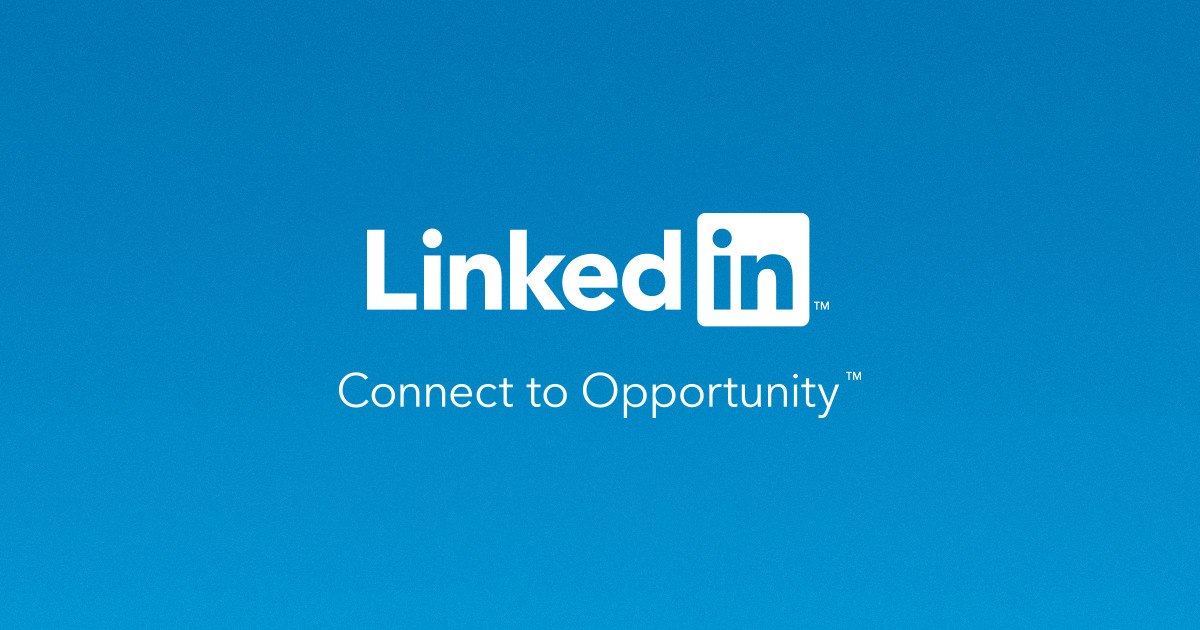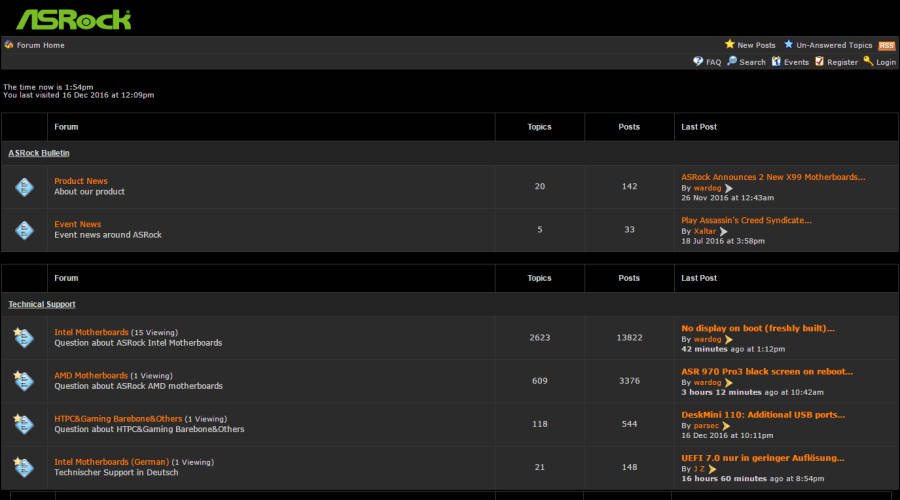Advocacy:
noun
- public support for or recommendation of a particular cause or policy.
“their advocacy of traditional family values”
Advocacy is influencing through communication.
In her chapter on Social Media and Advocacy in the Technical and Professional Communication Classroom., author Sarah Warren-Riley encourages TPC instructors to teach their students the importance of advocacy in online communities. She’s specifically interested in developing what she sees as a missing connection between considerations of accessibility, ethics, social responsibility, civic engagement, and ultimately, social justice in TPC.
So, when looking at our current curriculum for Technical Communication, how can we teach our students the importance of advocacy in online communities without rewriting the entire curriculum? In other words, how can we alter our pedagogy to include accessibility, ethics, social responsibility, civic engagement, and social justice?
“In this chapter, I will outline a pedagogical approach that engages the concept of advocacy as a lens through which to teach technical communication students to interact with and create text in a more thoughtful, critical, and socially just way.” (285-286).
During our class time, I paired up with other technical writing fellows to look at our current lesson plans, and see how we can add to them in order to introduce the important of advocacy in online communities. The strategies we considered are the following:

Unit 1: The LinkedIn Profile
“Develop an awareness of advocacy enacted in social media spaces,” (292).
For Unit 1, technical communication (and, I believe, all the communications courses), tasks our students with creating a LinkedIn Profile in addition to the other documents in their job packet. The purpose of this is to demonstrate the importance of building connections with other people in their industry. It allowed them to build an online presence for themselves in a professional way.
I believe we can use this as a teaching moment to make them aware of their preexisting online presence through forms of personal social media. What information might they post on their Instagram account that they wouldn’t post on LinkedIn? Why? How does it take away from their professional identity? Or, arguably, how could it add to it?
“Recognize how they participate in advocacy in their own social media practices,” (292).
I think the first step to online advocacy is making them aware of what they put online and how it’s not as private as it might seem. From there, once we discuss the negative effects social media can have and compare it to LinkedIn, we can move on to how they can use their online presence for more powerful strategies such as accessibility, ethics, social responsibility, civic engagement, and ultimately, social justice. This lesson shows students that they have a voice and they need to choose how to use it.

Unit 3: The Gamers
“Develop an understanding of the ways that texts advocate through varies modes and rhetoric,” (292).
When we begin our journey with the iFixit project, we take the time to look at plenty of examples of written instructions to demonstrate the key elements as well as what to avoid. Something to consider, when talking about advocacy and online communities, are gaming forums — where the users (gamers) become the technical writers. I like to use this example in class because a lot of the time it’s something my students can relate to.
“Recognize their role in advocacy in the creation and dissemination of texts,” (292).
Many times, these forums that produce how-to guides for video games can either prove to be very helpful or take on an abusive tone (either directed towards the game or the readers). This demonstrates how voice and advocacy can be used negatively.

Unit 4: A Shift in Professional Identity
Lastly, in our Unit 4 project, we ask our students to reflect on everything they’ve learned throughout the semester. I think one of the most feasible additions we can make is adding several reflection questions to the existing rubric. The most important one being:
- How has your professional identity shifted throughout the semester and what advocacy are you representing?
This not only asks our students to reflect on everything they’ve accomplished so far this semester but will also have them considering their next steps moving forward.
With that being said, I leave you all with two questions that Warren-Riley poses toward the end of her chapter that I think could be valuable for us to consider:
- “What digital and social media spaces do you compose in? For what purpose/ What are your goals in composing in these spaces and with these tools?
- “What are the affordances and limitations of these tools? What can you do/what can’t you do with them? What can you control and what can’t you control?” (296).

I really like your idea of directing student attention to the gaming forums and looking at the tone these writers take when addressing their audience. It’s a great way to ask students to think about what the writer is *advocating* through the use of tone/word choice.
I love how this question ties the entire course together: How has your professional identity shifted throughout the semester and what advocacy are you representing? Something I want to further integrate into the assignment!